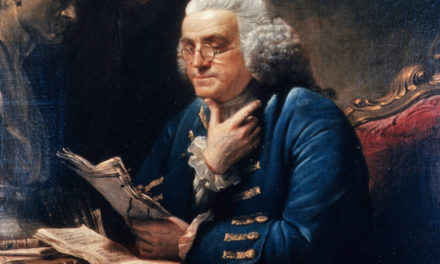I have to admit – as I’m just finishing Ashlee Vance’s biography on Elon Musk – I’ve been swayed by the powerful arc of Elon’s career and charisma as I make my predictions for the top technology trends of 2016. Here’s what I have to say about the crisis of creativity in schools, the rise of 3D printing, cycling and alternative energy – including solar power – drone deliveries like Amazon Prime Air, and multifunctional surfaces:
1. Education
Chromebooks will dominate the educational technology landscape.
In a local Southern California school district where I work, Chromebooks are beating out other 1 to 1 device choices at a 3 or 4 to 1 ratio. Why? Cheap. Simple device management. “Software” is always updated via the Chrome browser. The trick here? How to get learners using the devices in deeper and more creative ways. The trend I predict is that schools will struggle to get students engaged in creative ways; sadly, most Chromebooks screens will captivate their owners’ eyes via simple research and wordprocessing activities.
2. Manufacturing
3D printers can change the domestic manufacturing landscape
The big winners will be companies who figure out the supply chain on plastic filament and engineers/inventors who find out who to diversify the types of materials that be fed into the printer as “ink.” In 2014, CNN worried about the prohibitive U.S. cost for plastic filament at $25-$45 per kilogram. A quick Google search brings up a supply site where most prices are in the $18-35 range. Quality and diversity of materials will be the exploding trend, and I predict a swing toward recycling plastics locally into 3D printers – sort of like compost for your vegetable garden.
3. Transportation
More cycling please!
Bigger & more efficient electric/solar bike combinations like the ELF will pop up in cities as they make room for cyclists. The trick to benefiting from this emerging technology? How to give up the illusions your car affords? Safety. Convenience. Luggage space. Most cars, at least in Southern California, are mostly occupied by a single person at any one time. The trick here is to find ways to begin incorporating cycling into your day – reap the health and burst of energy benefits of getting your heart rate up as you go a mile or two across town, run errands, or commute short distances. Single drivers in empty cars reaks of excess and ignorance: a waste of fossil fuel that pollutes the environment and pushes tons of steel around, like a mindless drone.
4. Distribution
Speaking of drones, technology will boost local distribution routes and capabilities.
Distribution! Amazon and other distribution leaders will finesse the FCC regulations and we will see, along with the Amazon Prime Air mantra of “delivery today,” the appearance of a growing network of micro-delivery routes in urban areas. The good news? Who will benefit? Though drones will be automatically making deliveries via GPS navigation auto-pilot technologies, I believe that we’ve found a budding industry where video gamers can sell their racing game skills to pilot simple deliveries to households. There’s opportunity for a technology trend trifecta here: use the surfaces on the drone to solar-charge the batteries. More on multifunctional surfaces next….
5. Energy.
More devices will use multifunctional surfaces to multitask, including powering devices and storing energy.
Okay, #3’s cycling prediction is probably wishful thinking on my part. It’s more likely that more of an impact in transportation will be felt by electric cars as Tesla’s market share jumps with the delivery of more Model S’s and X’s. Very soon – though not in 2016 -the $35K Model 3, will become the first mass market electric car. Solar power will continue to ramp up in response to the increase of electric vehicles. Manufacturers and engineers team up and increasingly rely on multi-functioning surfaces. For example, a great step forward will be display screens that are readible in direct sunlight, which also power their devices, while in the sun, via microscopic solar cells laced into the display material. (Check out this article on multifunction surfaces, in which metal surfaces are engineered to repel water, self-clean, and promote broadband absorption). Battery weight will continue to drop, replaced by integrated solar-soaking surfaces. The trick in the energy industry: too many big energy players will miss the real trend of integrating charging elements into the surfaces of devices. The micro-battlefield of 21st century energy is eliminating battery weight and cords.
As we move through 2016, the trick of technology is introducing existing businesses and products into the engineering and manufacturing space for new micro-opportunities: energy sources and surfaces.





